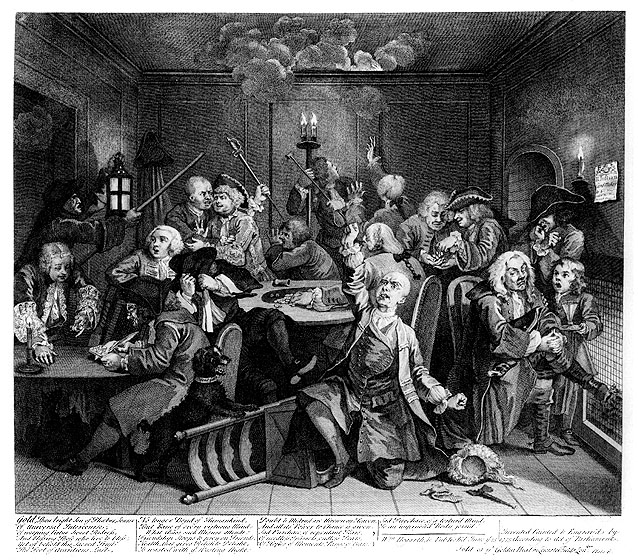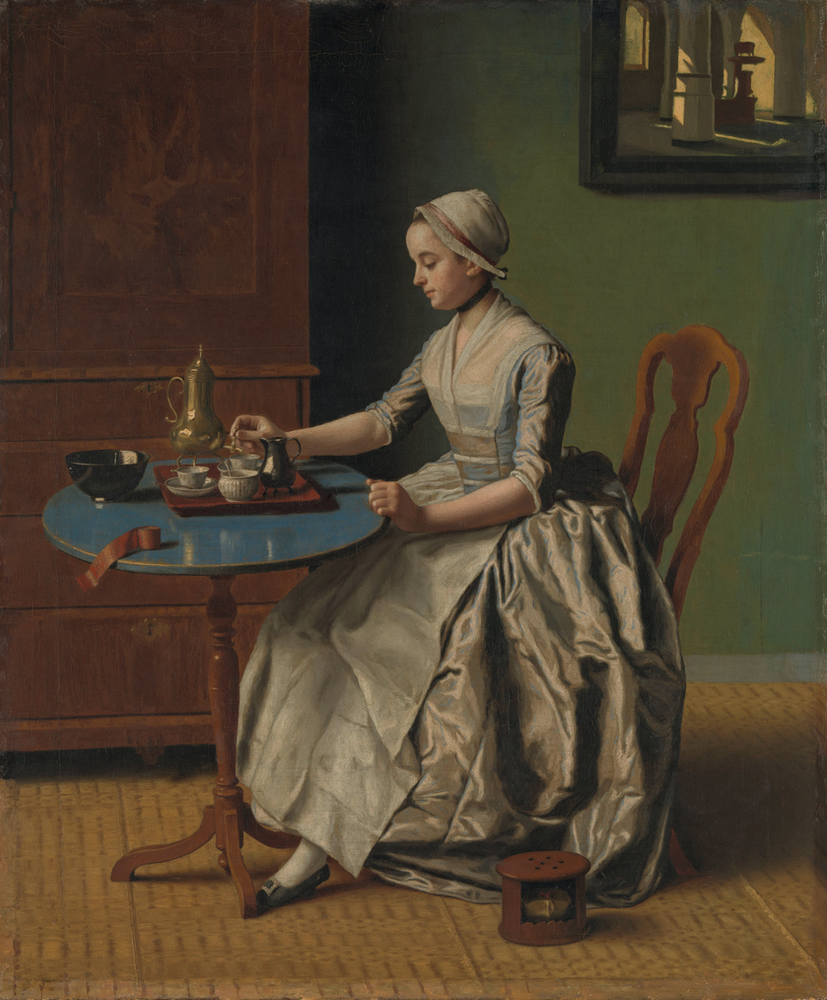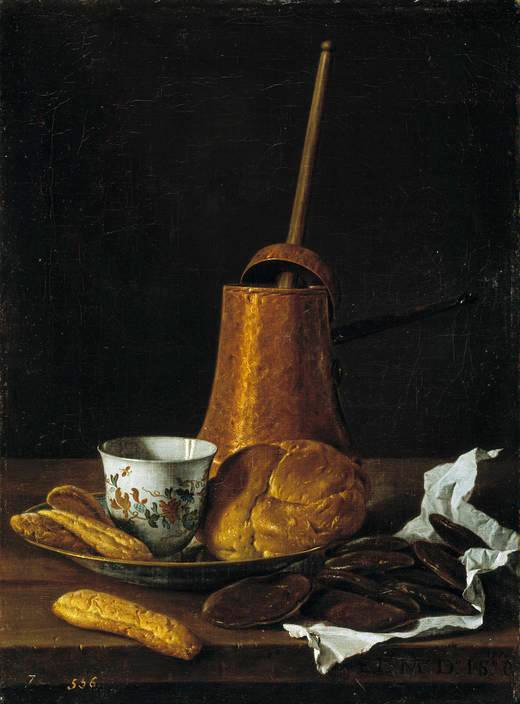
As we’re now in December, we’re starting to feel a little bit festive here in Waterford Treasures, and what’s more festive than a warm cup of hot chocolate on a cold winter’s evening? However, we’re willing to bet that you don’t know the rich and scandalous history behind this comforting drink.
The seventeenth century was an exciting time in Europe for those interested in food as exotic spices and treats poured in from all corners of the world. Hot chocolate was another beverage that came to major prominence in the eighteenth century. Unlike the intellectual reputation gained by coffee, or the refined nature of tea, chocolate had much rowdier connotations.
From the time it was first encountered by sixteenth-century Spaniards among the Aztec tribes, chocolate was perceived as a stimulating drink, both for the mind and as an aphrodisiac. When the first coffee houses began springing up in London in the mid-seventeenth century, they quickly became homes for gambling and the not-so-noble pursuits of gentlemen. The most infamous chocolate house in Europe was White’s Chocolate House, which Jonathan Swift named ‘The most infamous hell in London’. This may not have been an entirely incorrect – the gambling room itself was called ‘Hell’ and the whole building burnt down in 1733.

Anything was fair game for a bet in White’s, their books show the range of bets laid down, from whether a man could survive under water, to which drops of rain would reach the bottom of the window-pane first. On one occasion, a man collapsed in the street outside and was carried in to await the arrival of a physician. Rather than trying to help him in any way, the patrons of White’s did exactly as they were expected to do – they opened a book on whether he would survive (*spoiler alert* he did not) and started laying down bets.
Dublin had at least two chocolate houses, one in the period before 1738, and Daly’s Chocolate House on Dame Street. Daly’s was similar to London’s own White’s Chocolate House both in the fact that membership was exclusive, and in the nature of activities carried out inside. Daly’s later became a coffee house and finally a gentleman’s club as many chocolate houses did. In fact, the chocolate house was the precursor to the concept of a gentleman’s club as the devil-may-care attitude of such establishments translated very well to exclusive and riotous clubs. Whites chocolate house, or its post-fire iteration at least, is a gentleman’s club to this day and the Queen of Great Britain is the only woman allowed past its doors.
Chocolate was not exclusive to chocolate houses, however it flourished there due to the very high price of the substance. Only the very rich could afford hot chocolate and so the exclusive nature of these shops led to the development of the culture around them. However as time progressed, it was also consumed domestically, particularly by ladies.

Chocolate as a drink could be quite bitter, but recipes called for the adding of spices, like cinnamon and cardamom, as well as vanilla, rosewater and even breadcrumbs and egg yolks! As a result, chocolate was generally very thick and came to be regarded by some as more of a food than a drink. The very wealthy bought chocolate by the block and servants prepared the drink for breakfast with bread and butter. In the beginning it was prepared abroad as the process took 8 to 10 days, but by the latter half of the eighteenth century, there was at least one manufacturer in Ireland who would have bought cocoa nibs (possibly from Spain) and processed them himself.
The chocolate was sold sometimes in the small medallions you see below, and at the upper end of the scale, cost 3 shillings and 3 pence per pound of chocolate. It was certainly a luxurious drink, enjoyed only by the very wealthy, but it was also thick and grainy and not at all like the hot chocolate we drink today. Would you like to try some? Go ahead, it only takes 10 days of preparation…



